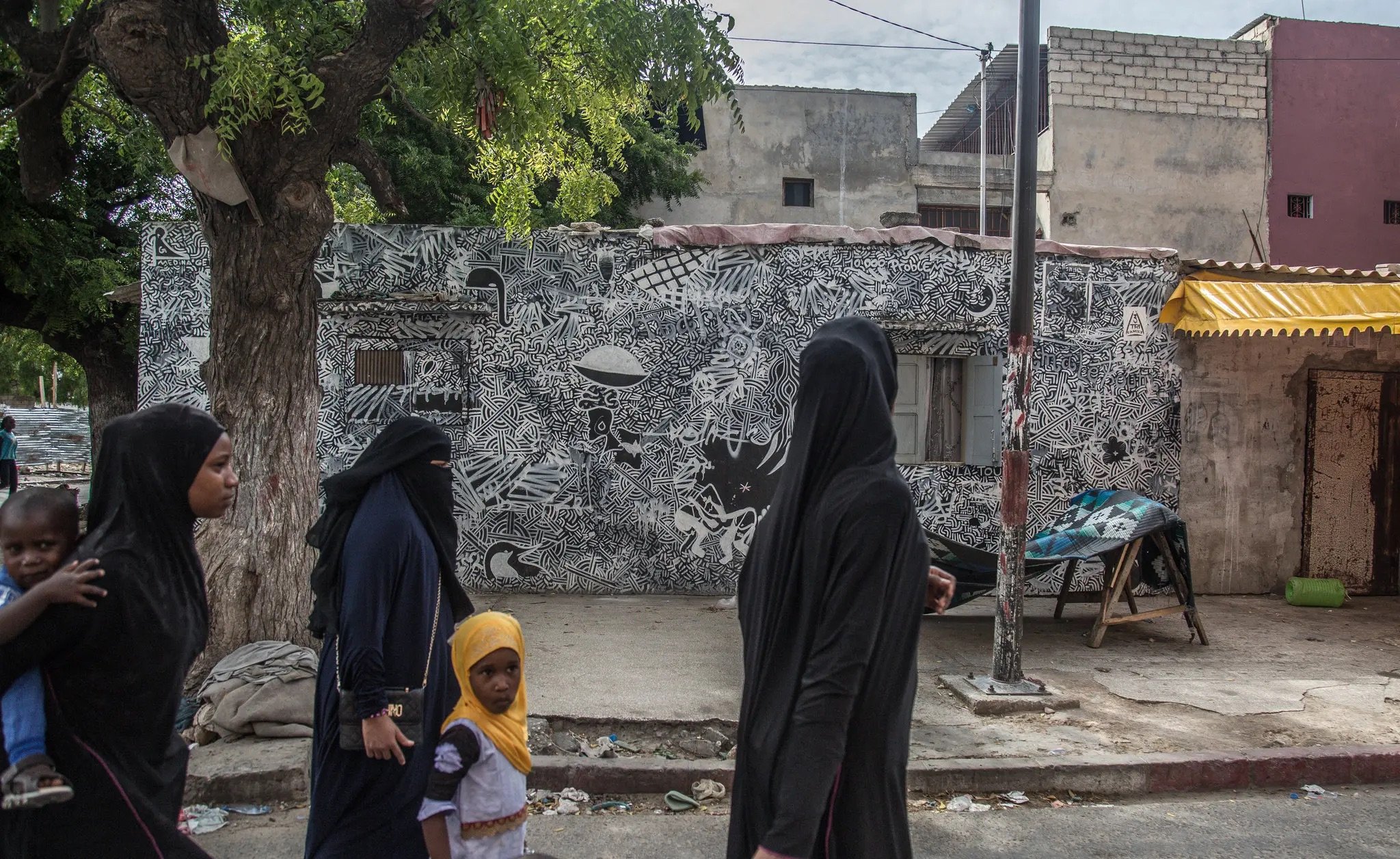Editorial
Redefinition of Mortality and Identity Expressed in Postcolonial Senegalese Art
By Arianna Adade
Aug. 4, 2023
We are taught to fear death. We are taught to think of it as little as possible, to hush when the word is mentioned, to hope that it never approaches our door too soon. But in many African cultures, life begins after death. Life is lived through fulfilling an ancestor's role, through oral and written narratives, and, from the start of postcolonialism, through art. During the rise of modernization, it became imperative for the African life and identity to be preserved through these forms, some of which are sadly losing their significance today. Mortality in the African epistemological paradigm – the ways in which Africans perceive the nature of the universe and its knowledge – reflects a deeper understanding of temporality through a non-Western lens. Although this varies in communities across the continent, the concept of ‘selfhood’ extends multiple planes in the vast majority of African cultures, contrasting the single socio-cultural and philosophical perspective that the Western world abides by. So, how does this reflect in African art? Senegalese art can be a great starting point to examine the ways in which African philosophy, ancestry, modernity, activism, and art coalesce.
Art and cinema are at the forefront of Senegalese culture. From the African art Biennale nestled in Dakar to the caravans and murals interlaced through the city, the country uniquely deviates from the modern Western art movements that arose during the 20th century. Before independence in 1960, Senegalese art was heavily influenced by French traditional art and culture. However, the French classic tradition did not align with the political needs and social expression of African identity. Senegalese artists and filmmakers originally used art as a way to rebel against the assimilation of Senegalese personhood to French standards. The marking of political independence led to the start of cultural and artistic independence as well – and Senegal can and should be noted for their initiative in doing so, taking the art world by storm for decades. They began to use art as a way to reflect the mind and individualism of those in the African diaspora and for us to be constituted as interlocutors in the future of art.
Léopold Sédar Senghor, the first president of Senegal and cultural theorist, regarded African art as a representation of Africa’s unified spirit – the varying religions, masks, mortality rituals, and ancestry extend past the material containers that are seen as artwork, setting African art apart from the Western counterpart. No matter which European museum may hold the artistic artifacts of an African region, African art will always reflect the universal spirit and hold the ancient African traditions. Senegalese artists utilize bold strokes, vivid imagery, and depictions of ancestral lineage and spiritual ontology to properly represent the vital aspects of African identity. Out of this, remarkable African artists and photographers arose out of Senegal. One of which is known as Mama Casset.
Mama Casset changed the game. Not only was he one of the first exhibited African photographers, but also the most celebrated and known for contributing to the birth of studio portrait photography in Africa. Bridging history and modernity, his photographs have been remembered for decades and will continue to be. After traveling in the French Air Force in 1925 and taking aerial photography during the interwar period, Casset combined this with his inspiration from editorial magazines and cinematic shots in budding Senegalese films to produce photographs of the people that make up Senegalese life. As the African bourgeoisie grew, so did their interest in self-portraits, allowing for studio photography to plant its seeds throughout the continent.
Upon Casset’s return to Senegal, middle-class women floated to his studio. Casset used a unique approach of subjecting them under a spotlight in front of bare backgrounds and allowed the women to pose freely, giving them maximum autonomy. He used women of all ages, representative of the different stages of life; sometimes a baby is posed next to a grown woman, and sometimes it is just an elderly lady alone, posing in an unorthodox way, covered in traditional African jewelry. The varying attire, hairstyles, compositions, and even gazes created an array of identities and tales of the lives of Senegalese women. Casset’s use of reflective light allowed for the selfhood of African women to be seen through multiple lenses – literally and figuratively – and for art to be prioritized through the female gaze, breaking down gender barriers that were placed by colonial Western art. Casset’s photographs allowed the art world to finally see the world through the eyes of Africa – to see the life, the death, the past, and the future of the continent through artistic expression.
Mama Casset is just one example of revolutionary Senegalese artists. There are many more that exist and still remain to be discovered. The concept of selfhood and consciousness in the African epistemological paradigm is something that is still continuously being explored. The ways in which life is lived after death unfolds from perceptible to imperceptible realms of life, where the spiritual ontology in which our essence is ingrained in our traditional cultures exists. And through modernization, Africans have been able to carefully integrate the African human condition into modern and contemporary art. Casset captured the history of Senegal, the transition into postcolonial time, and the future of African art, even after he and the subjects have perished. Senegalese artists were able to bring new meaning to art. They show us that our mortality in art is protected through the use of boldness, unconventionality, autonomy, and homage to our lineages. They show us that our lives are, in fact, not temporary; our lives do not end once we pass, but they are preserved through the art that is a reflection of us.






